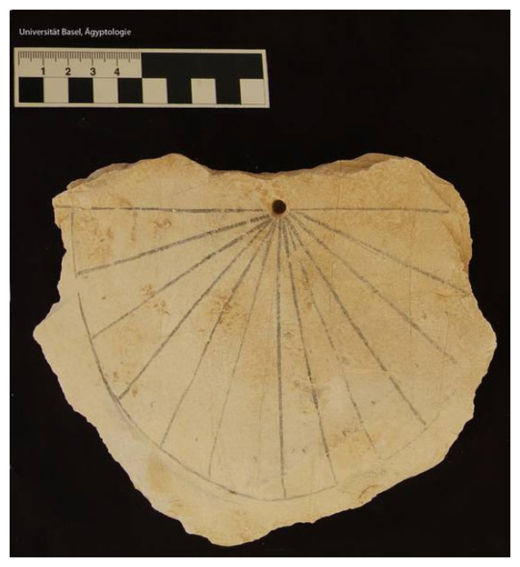
Dating to the 19th dynasty, or the 13th century B.C., the sundial was found on the floor of a workman's hut, in the Valley of the Kings, the burial place of rulers from Egypt's New Kingdom period (around 1550 B.C. to 1070 B.C.).
"The significance of this piece is that it is roughly one thousand years older than what was generally accepted as time when this type of time measuring device was used," said researcher Susanne Bickel, of the University of Basel in Switzerland. Past sundial discoveries date to the Greco-Roman period, which lasted from about 332 B.C. to A.D. 395.
The sundial is made of a flattened piece of limestone, called an ostracon, with a black semicircle divided into 12 sections drawn on top. Small dots in the middle of each of the 12 sections, which are about 15 degrees apart, likely served to give more precise times.
A dent in the center of the ostracon likely marks where a metal or wooden bolt was inserted to cast a shadow and reveal the time of day. [See Images of the Sundial and Egyptian Burials]
"The piece was found with other ostraca (limestone chips) on which small inscriptions, workmen's sketches, and the illustration of a deity were written or painted in black ink," Bickel told LiveScience in an email.
Bickel and her colleagues aren't sure for what purpose the workmen would've used the sundial, though they suggest it may have represented the sun god's journey through the underworld.
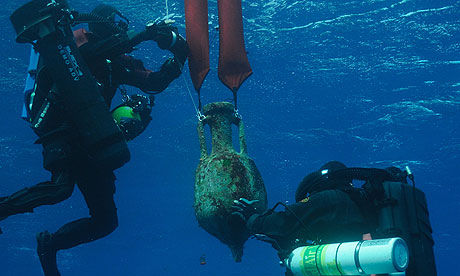

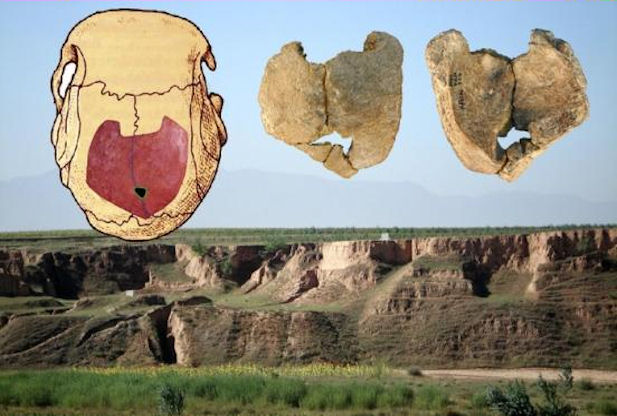
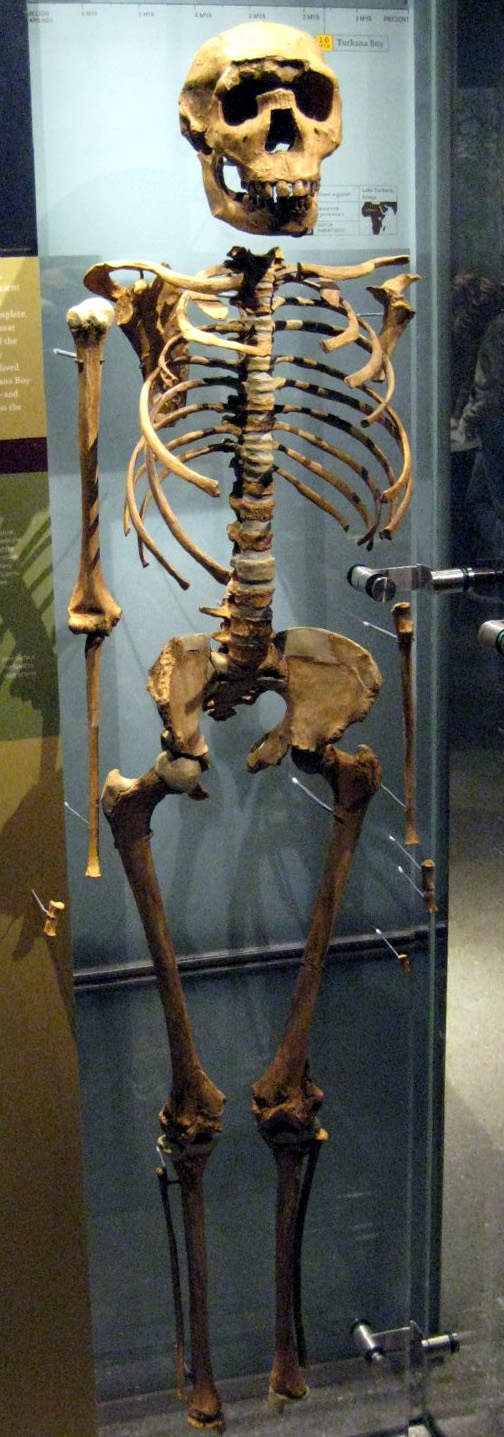
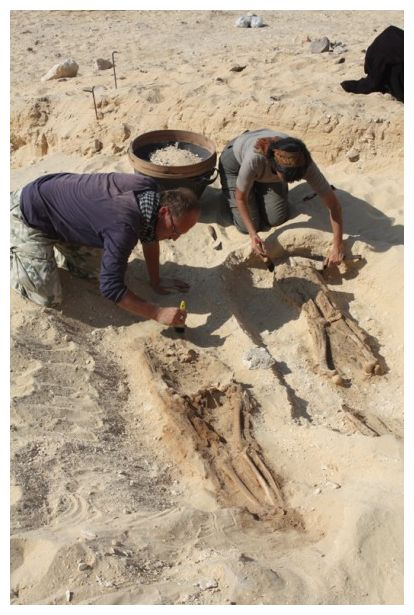
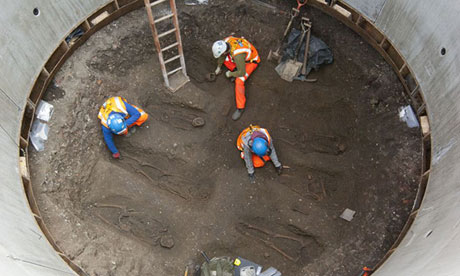





Comment: To find out more about the real cause of 'the Black Death', the following article and books Comets and the Horns of Moses are must-reads:
New Light on the Black Death: The Viral and Cosmic Connection
Celestial Intentions: Comets and the Horns of Moses
The Apocalypse: Comets, Asteroids and Cyclical Catastrophes